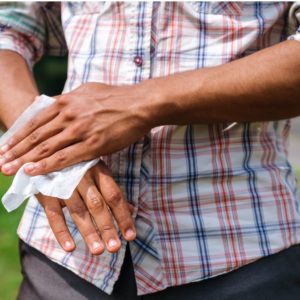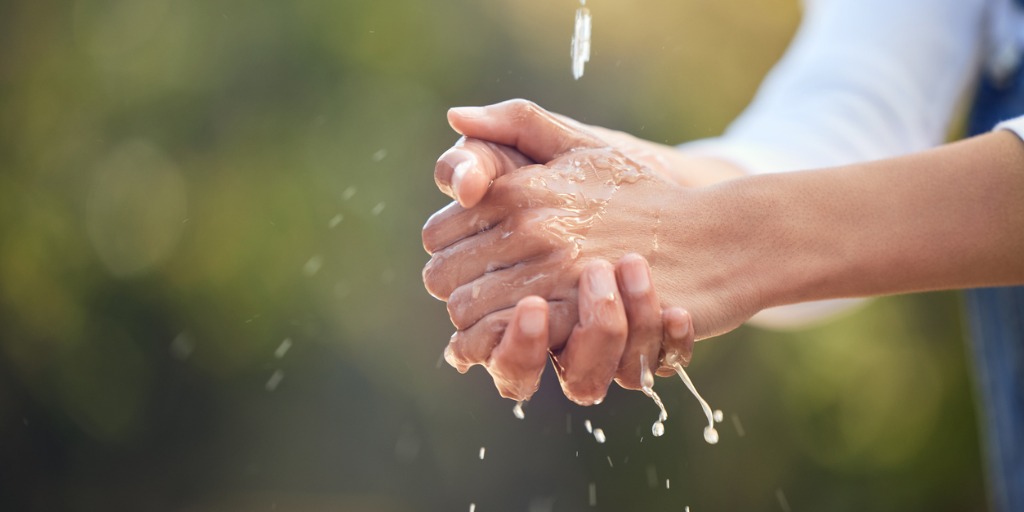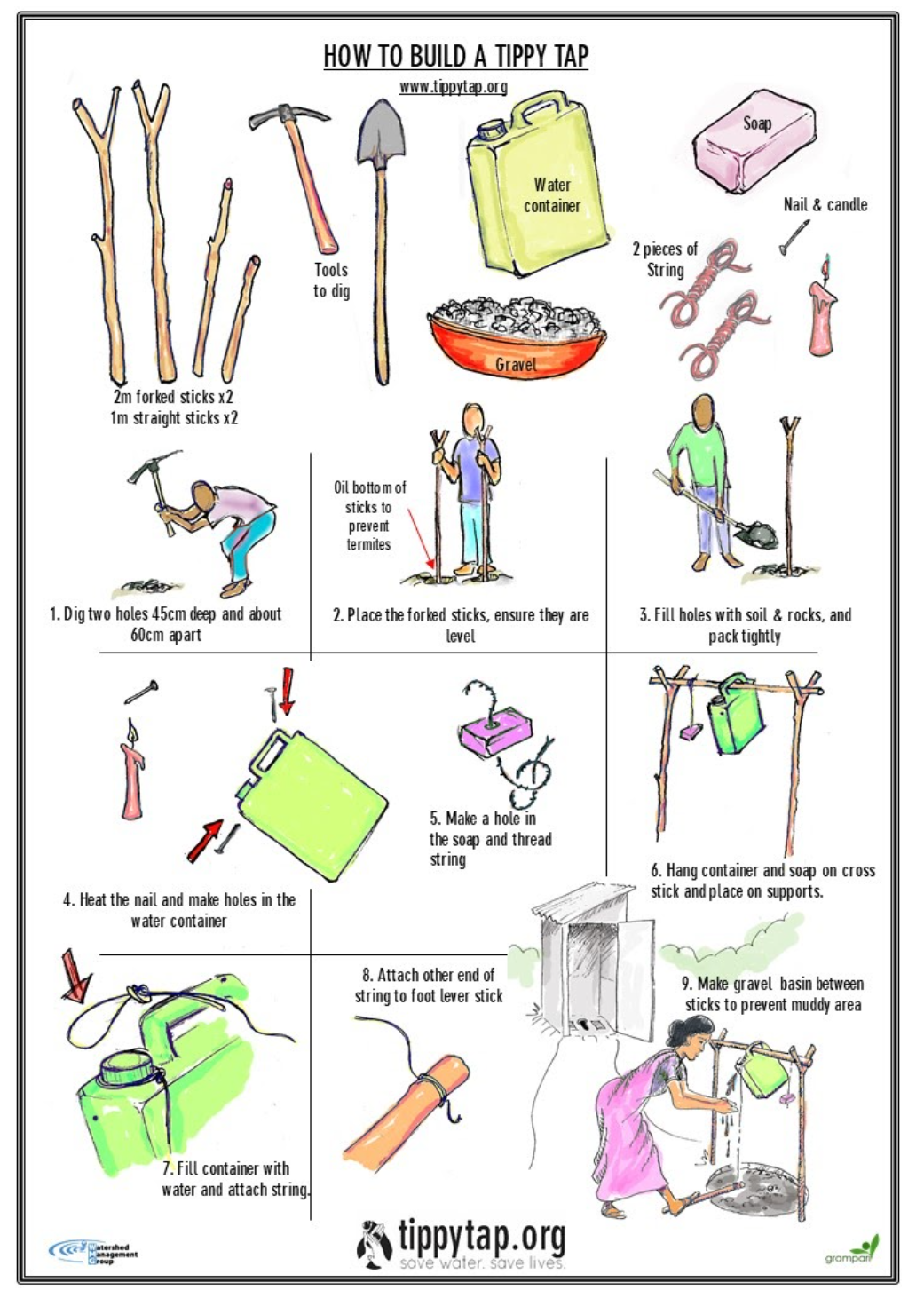Interventional Care


We notice that you are visiting us from . This site only services US-based visitors. Would you like to visit the site that is appropriate for your location?

Spring is in the air, and I must admit to having a bad case of spring fever. I yearn to get outside and go for a nice long backwoods hike or camping trip. Being a native of Colorado, outdoor activities are plentiful, welcome, and beautiful.. I love the smell of fresh pine in the air and hearing the rushing of the river through the valley. The campfire smoke wafts lazily up into the air as you sip hot cocoa or a cold beer and eat a gooey S’more. There is nothing quite like it!
Our family has always enjoyed such activities, and we look forward to them every year. However, it is not until I go on our first camping trip each spring and come home that I am reminded why I also like creature comforts such as hot running water. Inevitably I come home looking like I rolled in the mud, filthy and longing for a nice long shower.
While I love to go on backwoods adventures, I always struggle with keeping myself and my family clean, even with simple hand hygiene. I worry about getting ill from not being able to remove germs from my hands. Every year I think to myself “there has got to be a better way!”. This year I took a little time and investigated alternatives to soap and running water so that I was better prepared for our next back-woods foray. Lo and behold, I was shocked to learn that there are many other ways to wash your hands than I ever thought possible!
Did you know that in the country of Kenya alone only 59% of people have access to clean running water?1 How do people in this country as well as many other countries across the world who do not have access to clean running water achieve hand hygiene? They have figured it out, and we can learn a lot by looking at these alternative methods from other countries and cultures.

First, let’s look at what hand hygiene means, and then talk about how to achieve it. Hand hygiene is simply the successful physical removal or chemical deactivation of disease-causing pathogens on the hands 2.
Traditionally, this is achieved using soap and water but also is commonly done using alcohol gel or pre-moistened hand hygiene wipes. Hand hygiene products work by a chemical deactivation of the pathogens, whereas washing with soap and water is considered a physical removal. Pre-moistened hand hygiene wipes are even as good as soap and running water for not only chemical deactivation but also physical removal of pathogens.3 Now, picture yourself on a five-day backpacking trip in some remote mountains. Piped-in clean running water is out of the question, and unless you remembered to bring your PDI Sani-Hands® Instant Hand Sanitizing Wipes with you, your luck has run out. Now what?
The World Health Organization has an infographic on alternatives for hand hygiene when the traditional methods are not available4. It includes washing hands with commonly found items such as cold ash from fires, sand, salt, coffee grounds, coconut husks, bark, leaves, or berries.
In the case of ash, salt, and coffee grounds the idea is chemical deactivation by changing the PH to such a degree that the organisms on the hands are killed. Sand, bark, leaves, coconut husks, and berries would be aimed at the physical removal of the pathogens as a replacement for soap and water. The instructions are – wet hands with water, clean the hands for 20 seconds with one of the alternatives listed above, then rinse hands using water and dry with a clean cloth or towel. Wow! Who knew I could wash my hands with coffee grounds if needed?

Living in Colorado, I am spoiled at almost always having actual clean running water for washing my hands. Are there any alternatives for the backwoods that would work in a pinch to be similar? Indeed, there is a way!
A non-profit organization called “Tippy tap” has an ingenious method to wash your hands without clean running water. Its mission is to help provide hand hygiene for all people across the world who have no access to clean running water. The idea is simple and can be used anywhere, all you need is a jug or water container which can be rigged up to “tip” out the water onto your hands. It involves hanging the jug of water suspended between two poles, and then having a string tied to a foot pedal which then inverts the jug to pour the water out onto the hands. Since it is difficult to visualize through words alone, the infographic is here for you below:

Any seasoned backpacker is aware that lugging 7 gallons of water along with you for bathing and hand hygiene is pretty much not an option. However, you can bring along an empty container (even an empty milk jug will do!), you can fill it with water from a lake or stream at your destination and set up your own “tippy tap” washing station. Then, to make the water hygienically clean, the water can first be boiled and cooled or treated with iodine or bleach tablets before filling the container. Viola! Hand hygiene with clean running water in the middle of nowhere! It can be done!
Now that I have all these amazing alternatives for hand hygiene in mind, I am going to leave you so that I can go pack and get out of the house on our first spring camping trip! Pikes Peak, here we come!
References:
“Dry taps?